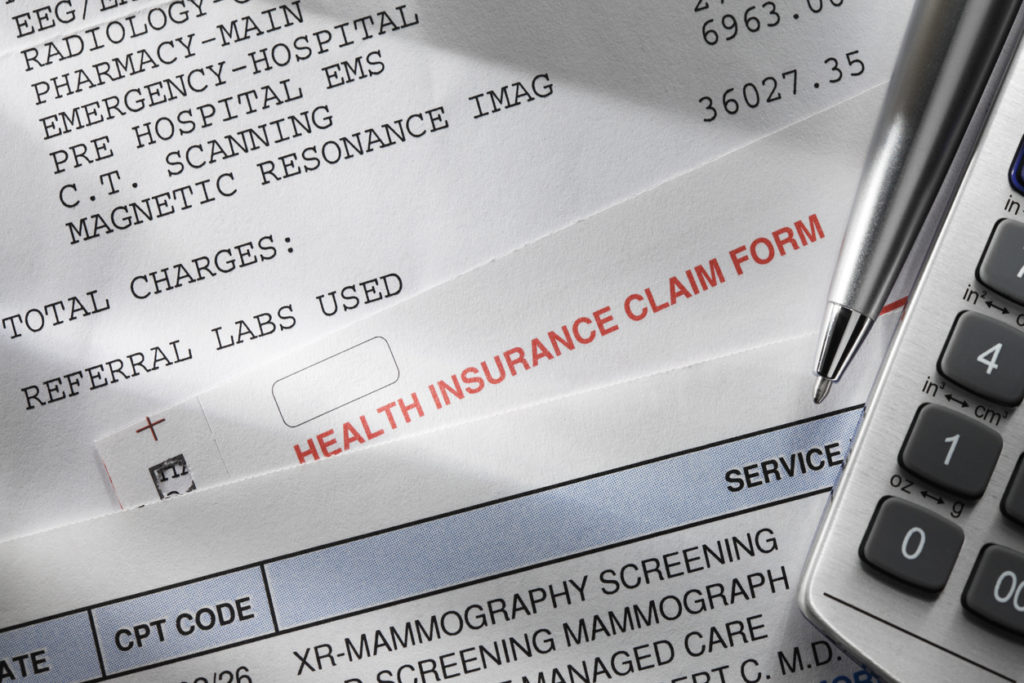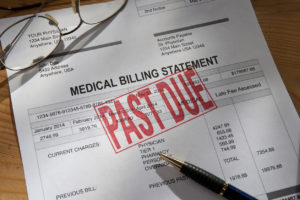Imagine receiving a medical bill for a man’s hysterectomy. It sounds outrageous, right? But it’s just one of millions of U.S. hospital billing errors made every year. In fact, Modern Healthcare reported that 80 percent of medical bills contain errors. I think the number is even higher.
It’s no wonder that most hospitals aren’t posting the pricing for common procedures that is required by federal law. What are they hiding?
The answers can be found in claims audits.
Access to medical claims data
Self-funding group health insurance puts businesses in control. The beauty is that you have access to every one of employees’ medical claims. And audits –done correctly –are the secret to finding medical errors and fraud. In some cases, audits can lead to annual cost reductions of hundreds of thousands of dollars—or more. As an example, we secured over $1 million in savings for one client.
Let’s look at how hospitals and medical providers fleece the consumer.
Four types of medical fraud
- Overcharging—It’s one of the most egregious and widespread problems and one we see all the time. On average, hospitals charge 247% of the ‘chargemaster rate’ –the standard ‘list price’ for services. We often see prices that are four times the norm.
- Upcoding –Let’s say a hospital bills a simple x-ray as a series of films with many views. That’s called upcoding. It’s when a provider bills for a more expensive diagnosis or treatment than the one actually performed.
- Fragmenting or unbundling – Often, there is one billing code for a comprehensive procedure such as incision and suturing during surgery. If they are billed separately, that’s unbundling. And it is fraudulent.
- Billing for services not provided—A cancer center bills for higher doses of chemotherapy than administered, for example, or a medical supplier charges for equipment never delivered. This type of fraud also includes issuing a bill for treatment that was never performed.
The problem with universal billing
It doesn’t stop there. Rather than providing consumers with itemized bills, hospitals include just a few line items. I compare it receiving a restaurant check for a family dinner that simply lists drinks, appetizers and entrees. You wouldn’t pay it, right? You would ask for an itemized guest check.
Unfortunately, itemized hospital bills are only available if you ask for them. Even then, most of the time you have to be incredibly persistent. With the stakes so high and the costs so inflated, it shouldn’t be this way.
Claims audits are the answer
There are two types of audits so it’s important to understand the fine print in the agreement with your TPA. The first is a random audit that checks to make sure that procedurally and financially, the employer is doing the right thing. The employer pays for this audit. However, it doesn’t return anything to the bottom line.
The other type is a detailed audit. At TAC for example, we scrutinize any charge over $50,000. This reveals medical fraud, charges that don’t make sense (like hysterectomy for a man) and available discounts, say for low-income employees. Then we tell the hospitals how much we are willing to pay for these bills. And they say, okay.
What to expect from your broker
First, your broker/TPA should be conducting detailed audits to make sure you are paying the least amount for your claims. TAC claims audits are continuous, and we meet quarterly with clients to report what we’ve found—and take action. If details are needed from an employee to fight a particular claim, we take care of that too.
Curious about self-funding and claims audits? Speak with one of our experts. Contact TAC Benefits Group at kcleary@tacbenefitsgroup.com.



